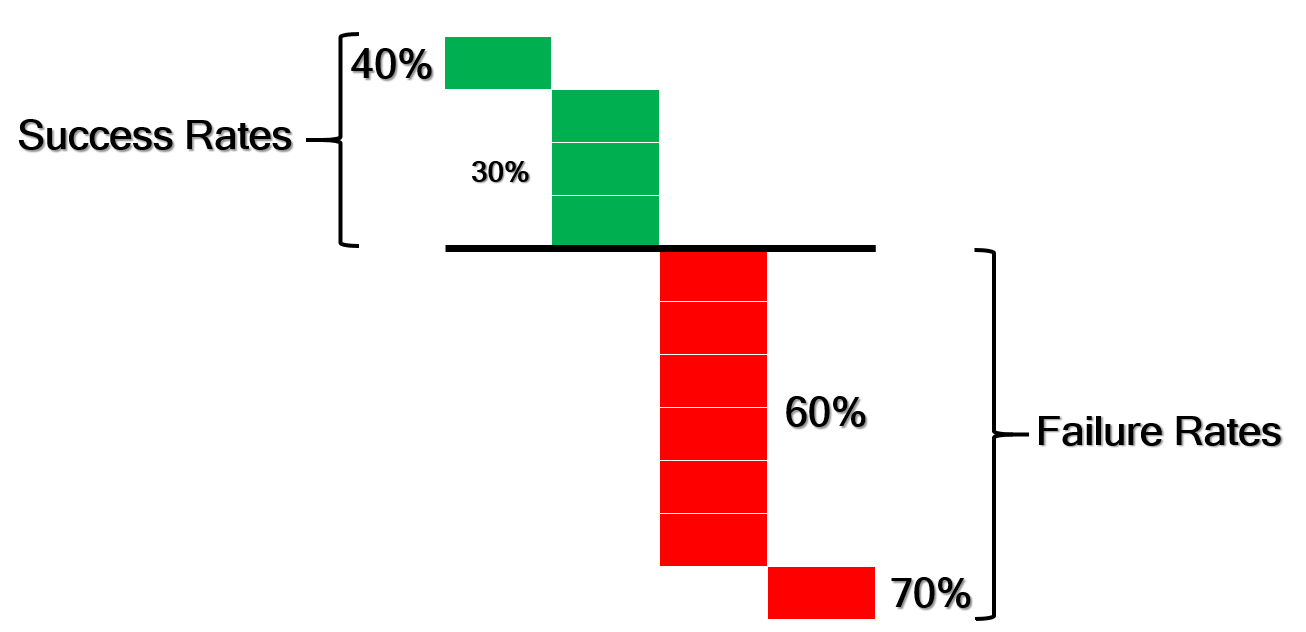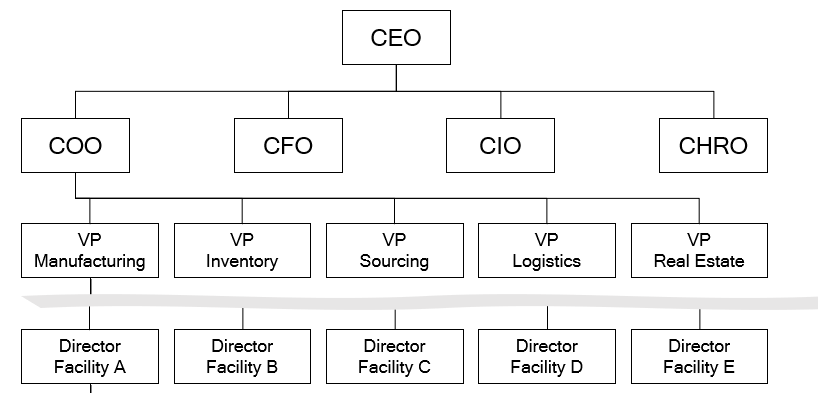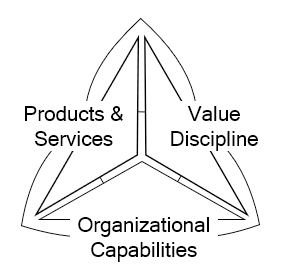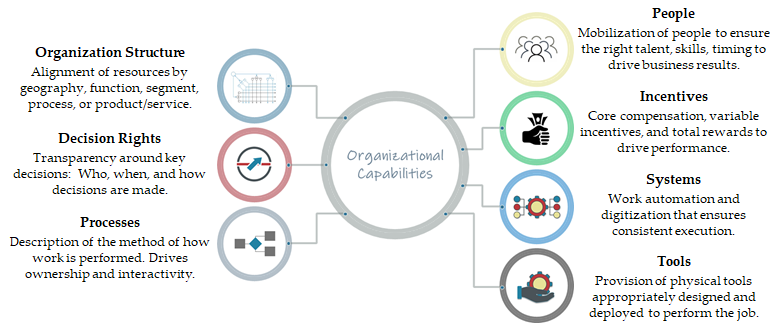by Dr. Dale J. Albrecht
© 2022, Alonos® Corporation
Executive Summary
This white paper discusses how to approach organizational design so that businesses can enjoy high success rates. The approach that our firm uses builds on expert knowledge of organizational design practices and goes further to employ the use of multiple disciplines to drive business improvements. Our research and experience has shown that proper analysis of performance issues and selection from a set of seven disciplines can more than double the success rate of business initiatives!
Classic Practices
Classic approaches to organizational design yield poor success rates. Organizational change initiatives only achieve between thirty to forty percent success rates. These rates have remained unchanged since the mid-70’s. For fuller appreciate of what that means, it helps to flip the percentages around; that means the failure rate of organizational change initiatives is sixty to seventy percent!

The large failure rate puts business leadership in a position where redesigns are a constant occurrence. They also have dramatically negative effects on a company’s culture. As the failure statistics demonstrate, adjusting an organizational structure (by itself) is not necessarily going to improve performance. To drive performance improvements, organizational design should be conducted in combination with other disciplines.
Common Failure Point
It’s useful to understand where many engagements encounter issues and risk failure. The most common failure point in organizational design engagements is the tendency to view things too simplistically. The belief that all the engagement amounts to is a set of boxes and lines on a page, dooms the engagement from the start. Organizational chart development is not organizational design.

Working on only the top 2-3 layers causes failure because it misses where the work is actually performed.
Granted, most people do intuitively think about the distribution of work and a good person for the resultant jobs; however, few follow a formalized method to ensure that the root causes of business performance issues are fully understood and addressed. Solving the root causes of performance requires an in-depth view of the organization, and it requires the use of 7 disciplines that all work together to impact performance.
Approaching for Success
Research has shown significant positive correlation between systems thinking, process orientation, and improved performance. The body of work around systems thinking is substantial. It is essential to start all organizational design engagements with a thorough understanding of the business.
Products and Services
Every business produces products and/or services. The spectrum of these need to be understood along with how they are positioned among themselves. Then, each of the products and services need to be understood compared to competitors and potential substitutes. Organizational design engagements need to promote and improve on the company’s ability to deliver products/services more effectively and efficiently.
Market Value Differentiation
How the company differentiates itself in the marketplace is the next most essential element to understand. Organizational design engagements must preserver and support the company’s differentiation.
Organizational Capabilities
The strategic decisions that a company makes on its products, services, and market differentiation inform what it will need for organizational capabilities. All organizational design engagements should directly address the organizational capability changes that a company needs to improve performance.
Performance Improvement Disciplines
There are seven disciplines that work together to improve business performance. Organizational design/structure is one of the seven. Initial diagnosis and root cause analysis is critical; it allows the business to properly attribute performance gaps to the right disciplines. It is also essential to perform the diagnosis with all seven disciplines in-mind and in-scope. No company or organization is perfect, and consequently once can always find issues with any of the seven. In other words, if you go looking for organizational structure issues, you are likely to find some. If you go looking for process design issues, you are likely to find those too. If you go looking for incentive design issues, you are likely to find some of those as well. Done independently, each of the disciplines become somewhat self-fulfilling.
The only way to gain maximum leverage is to view the performance gap with all seven disciplines in mind during the diagnosis stage. Then, a mix of disciplines can be selected that will drive the desired performance improvement. This multidisciplinary approach leverages systems-thinking and dramatically improves success rates!
Recommended Citation:
Albrecht, D.J. (2018). Designing Organizations: Improving success rates (White Paper). Dallas, TX: Alonos Corporation. Retrieved from: alonos.com/resources
For further reading on this subject, pick up Dr. Albrecht’s book:
You can order it through major booksellers
Achieving Higher Success Rates
Presentation at University of Texas at Dallas
Watch this complimentary video of a presentation given by Dr. Albrecht at UT Dallas.
GREATER SUCCESS
Dr. Albrecht examines a systems-thinking approach for how to achieve much higher success rates with business initiatives.



